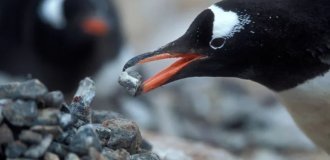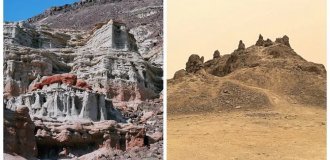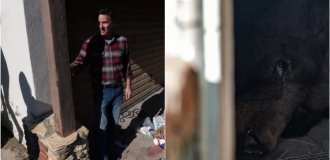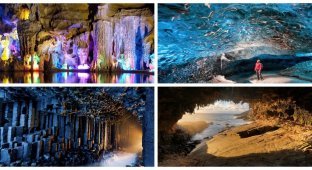Boundless stupidity: 3 cases when ridiculous decisions of people destroyed ecosystems (12 photo)
One of the amazing features of nature is its duality. On the one hand, living organisms are so powerful that they have formed the atmosphere, climate, continents and oceans in their modern form. On the other hand, entire ecosystems can die out from one piece of garbage thrown out of stupidity! 
And I'm not exaggerating. In the state of New Mexico, USA, there is a national park called Carlsbad Caverns. The central attraction of the reserve is a cave called the "Big Room". This is one of the largest caves on the continent, its area is 32 square kilometers! A unique ecosystem has formed in the cave, the source of resources for which are minerals dissolved in the water and bat guano. In general, life there is calm, stable, but a little hungry. 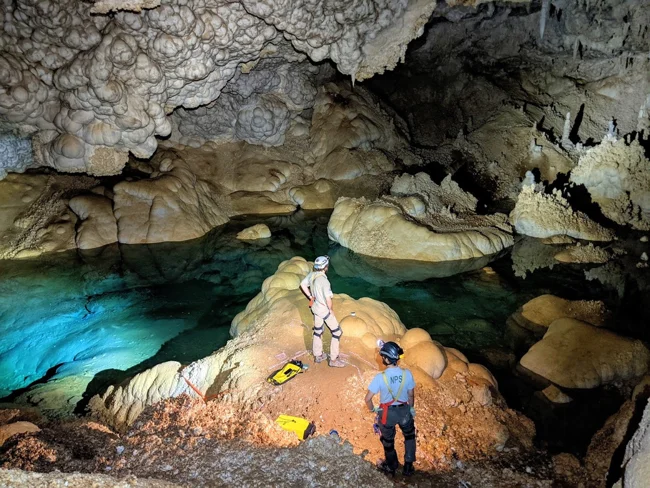
The numbers do not even come close to conveying the scale of the cave, so here are some photos.
And in August of this year, one of the tourists dropped an uneaten pack of corn chips in there. For us, it’s insignificant garbage. But for the locals, it’s an incredible source of calories that hasn’t been seen here for thousands, if not millions, of years! Cockroaches, cave crickets, flies and spiders, which were always balancing on the brink of starvation, rushed to fill their bellies with processed corn. There's just one big "but". 
Ancient caves reveal incredible hallucinogenic landscapes.
In a humid climate, the chips instantly became moldy. And the well-fed insects spread alien fungi throughout the cave. For fragile closed ecosystems, even such a trifle can be fatal. Local species are simply not adapted to microorganisms from the surface. The same as if aliens threw us a bouquet of unknown diseases from space. 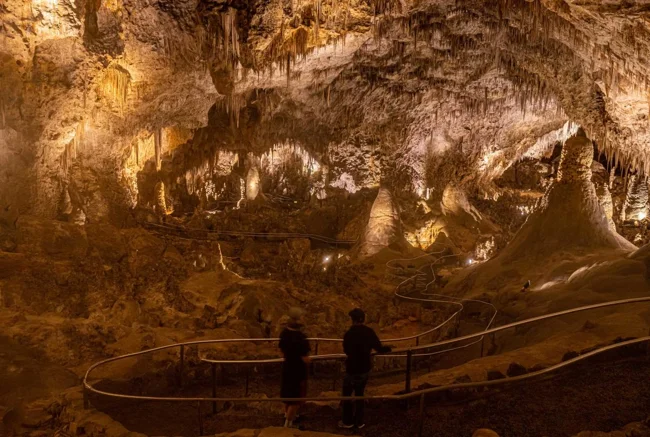
There are tourist routes in some places in the cave. But in order to stay there, you also need to follow the rule about cleanliness.
When workers discovered chips at the bottom of the cave, they carefully cleaned the place of biological contamination. But they are not sure that this will save the local ecosystem. After all, the mold has already spread to nearby places, causing them to rot and stink. The situation is aggravated by the fact that Carlsbad Caverns is a giant network. This means that not one, but all the caves of the reserve can suffer at once. 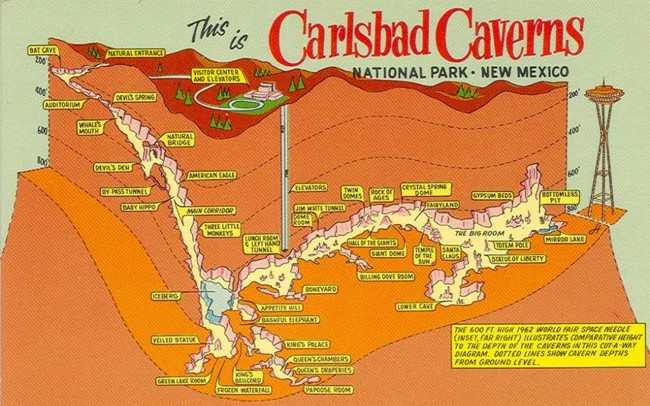
Diagram of the Carlsbad Caverns. Inside there are 24 "rooms" - depressions with their own special ecosystem.
But the workers of the Mount Halla National Park, which is in South Korea, are already aware of how dangerous human stupidity and frivolity are for ecosystems. They are in charge of Mount Hallasan - the highest mountain in South Korea. In absolute terms, it is quite small - less than 2 kilometers at its highest point. Therefore, it is not only popular among locals, but also accessible even to untrained tourists. On average, 950 thousand people climb it per year! 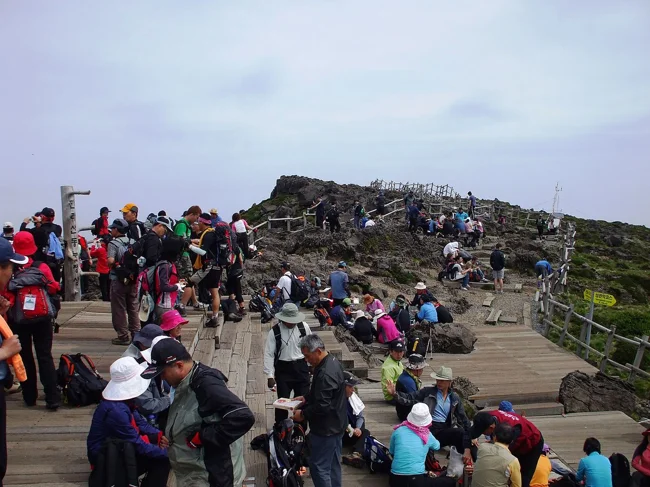
A viewing platform at the top of the mountain.
Most of them stop at the top to rest. They admire the views, share their impressions and, of course, have a snack. Lunch usually consists of a cup of noodles - so beloved in many Asian cultures. The noodles are eaten, and the salty broth is poured out. Hundreds of liters of oversalted, protein- and fat-rich liquid end up in the local soil, radically changing the chemical composition of mountain streams and the central lake. 
I am not surprised by the popularity of this natural wonder. The view is simply amazing!
Hallasan is a former volcano, in the center of which there is an endorheic lake. And since the lake is endorheic, there is nowhere for the excess salt to go. The water in it has changed so much that the larvae of aquatic insects can no longer develop there. And after all, small insects are one of the central bricks in the base of the ecological pyramid! Realizing that things were getting hot, the Koreans quickly banned the consumption of noodles on the mountain and now organize regular raids on tourist trails. Violators receive a fine of 2 million won - $ 1,300 at the current exchange rate. 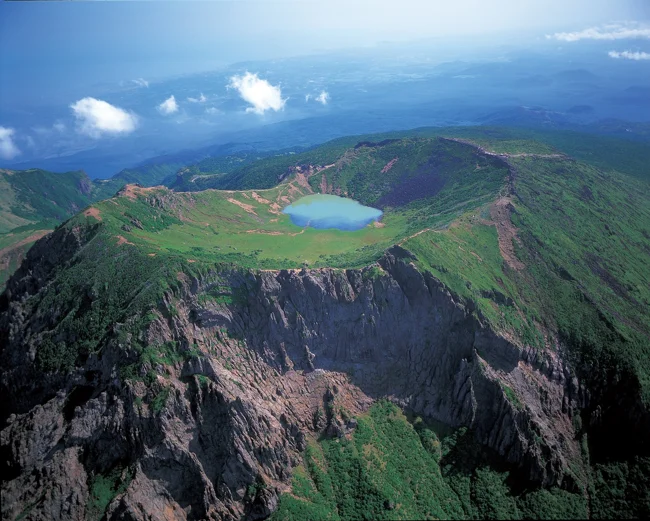
The size of a volcanic lake depends greatly on the time of year. In early autumn, right after the rainy season, the circumference of the lake can reach 2 kilometers. And in early spring, a pond about 100 meters in diameter remains.
Both local environmental disasters are united by unsystematic human stupidity. Due to laziness or lack of knowledge, people are slowly destroying the places that have attracted their attention. But when companies and people in power are the source of stupid decisions, the consequences for ecosystems become truly terrible. 
Meet the garbage apocalypse!
In 1972, the American company "Broward Artificial Reef Inc" proposed to the government to drown more than 2,000,000 rubber tires. In this way, they wanted to solve two problems at once: to dispose of tires lying around in landfills and to create an artificial reef Osborne. The tires were supposed to become the basis for the growth of dozens of species of corals and attract hundreds of species of rare animals. 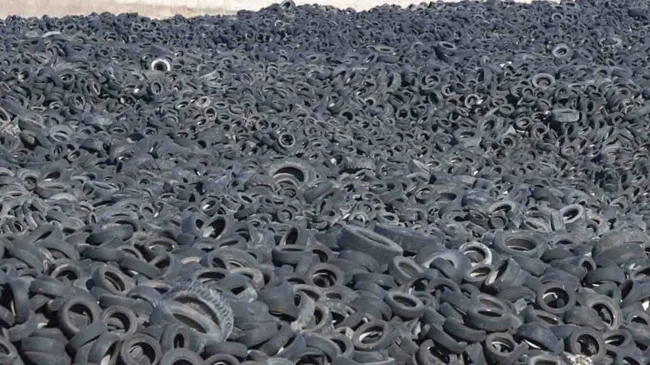
Now we have learned to recycle vulcanized rubber used to produce tires. But even with the current level of technology, the speed of production of new wheels is tens of times higher than the speed of their recycling. 50 years ago, everything was even worse.
The idea received huge public support and was even approved by the federal government. The tires were stacked with steel clamps and then dumped into the ocean. And none of the hundreds of people responsible for the project paid attention to a simple fact: steel quickly deteriorates in salt water. 
Goodyear decided that this project would be a great PR stunt. They rented equipment for underwater work at their own expense, and on the day of the tire dumping, they even hung an airship over the site of the operation. Their marketers have never been so wrong in their lives.
Within a few years, all the clamps rusted, and the captured tires broke free and spread out in an even layer over a huge area. And now nothing lives there anymore. At all. Light tires carried by the currents literally destroyed local reefs and algae thickets. There was no place for even small sand filters to live! Biological diversity dropped several times. According to modern estimates, the elimination of direct damage alone costs about 150 million dollars! 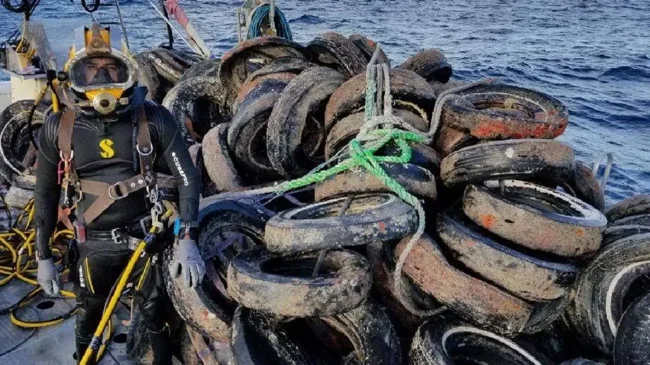
During the largest operation to clean the bottom, American military engineers raised 73 thousand tires from the bottom. 3% of their total number.
And the most offensive thing is that no one learned anything. In the 80s, Indonesia and Malaysia repeated the experiment off their shores. With the same result. And unfortunately, these are far from the only examples of such stupidity. The draining of swamps in the USSR, the shooting of sparrows in China, wolves in Canada and bison in the USA also took place at the behest of the current authorities. The result is sad - the ecosystem, which worked like a clock, was dying. But all that was needed was to first conduct research, and only then make decisions!
